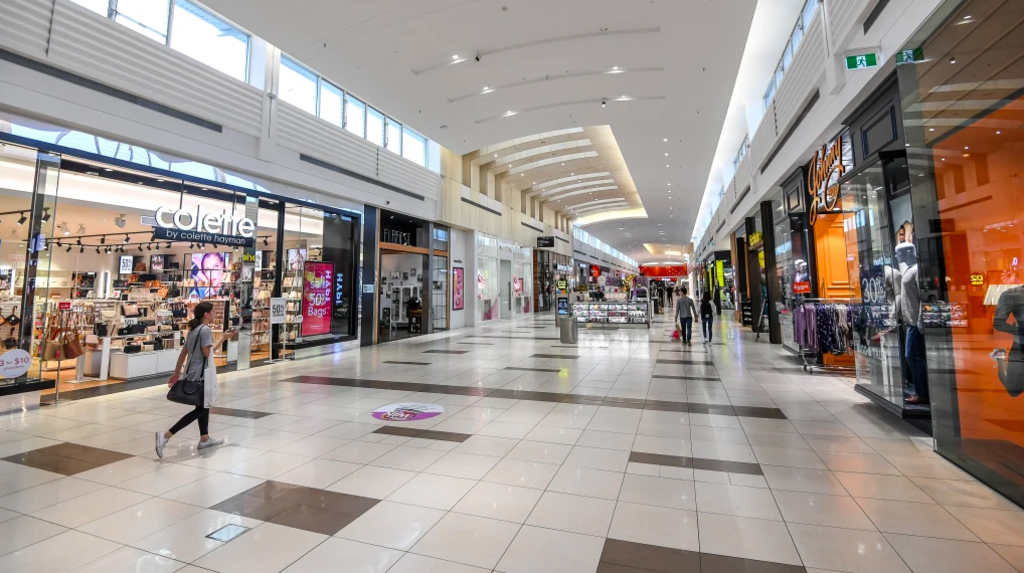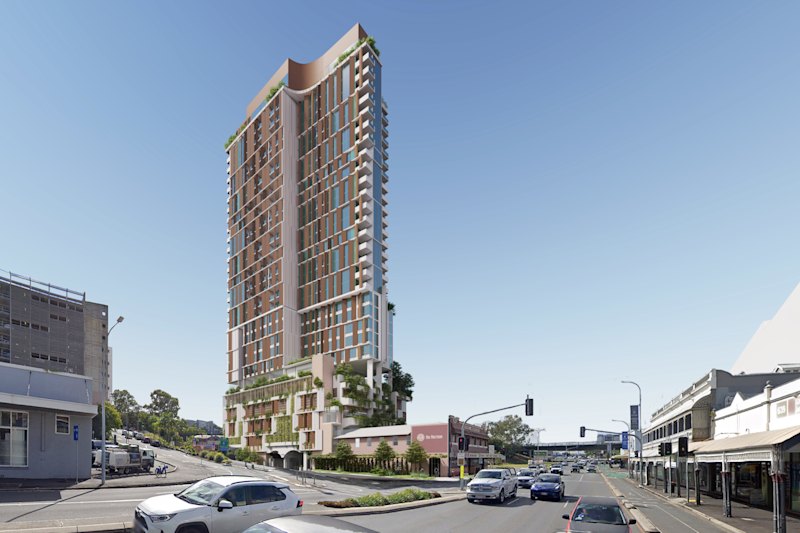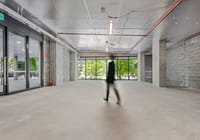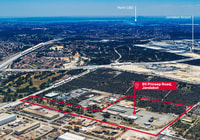
Mall vacancy hits highest in 20 years as retailers shrink
The vacancy rate across the nation’s shopping malls is the highest in more than two decades as the coronavirus crisis accelerates a wave of store closures in a sector already under challenge.
The national average shopping centre vacancy rate rose to 5.1 per cent in June from 3.8 per cent six months earlier, according to a survey by JLL.
Factoring in both CBD shopping destinations, where the rate has soared past 10 per cent and the relatively more resilient large format retail hubs, the vacancy rate rose to 6.3 per cent from 4.8 per cent in the past six months.
The JLL survey excluded temporary store closures in its count.
“We remain cautious about the outlook for discretionary retail as stimulus measures roll off later in the year, which is likely to contribute to an upward trend in vacancy rates,” said Andrew Quillfeldt, JLL’s senior director of retail research in Australia.
“The events throughout the past few months, which have led to many discretionary retailers planning to shrink their store network, will likely polarise the retail property sector even more.
“This is likely to drive divergence even further between the performance of prime and secondary quality shopping centres – a trend which has been occurring for some time already.”
Retail spending surged a record 16.3 per cent in May as government-enforced restrictions eased.
But even as the sector emerged from hibernation. major retailers were taking tough decisions to reduce their footprints. Permanent store closures went ahead despite efforts by the federal government to foster rent relief deals under the umbrella of a national code governing landlords and their small and medium-sized retailers.
In June, plus-sized retailer City Chic announced it would close 13 per cent of its stores after failing to secure rent reductions from landlords while jewellery retailer Michael Hill International said it would close underperforming stores. Global fashion brand G-Star was one of a number of retailers to put its Australian business into administration because of the virus effects.
JLL’s Mr Quillfeldt said the smaller neighbourhood and large format retail centres had proven more resilient through the slowdown with foot traffic, sales and rent collection supported by higher sales of food and household goods.
“The handing back of space both at a speciality level along with the downsizing of department stores and discount department stores is one of the biggest challenges for owners now,” he said.
“We’re expecting to see an acceleration of the alternate-use conversion theme as owners look to extract value from retail assets, whether it’s a partial or full conversion.”
Outside the malls, suburban shopping strips have felt the pain as well with hundreds of shops listed for lease along some of the nation’s best-known destinations such in Sydney’s Oxford and King streets.
Vacancies hit record levels of more than 20 per cent on Melbourne’s Chapel Street and Bridge Road, Richmond, in June.











